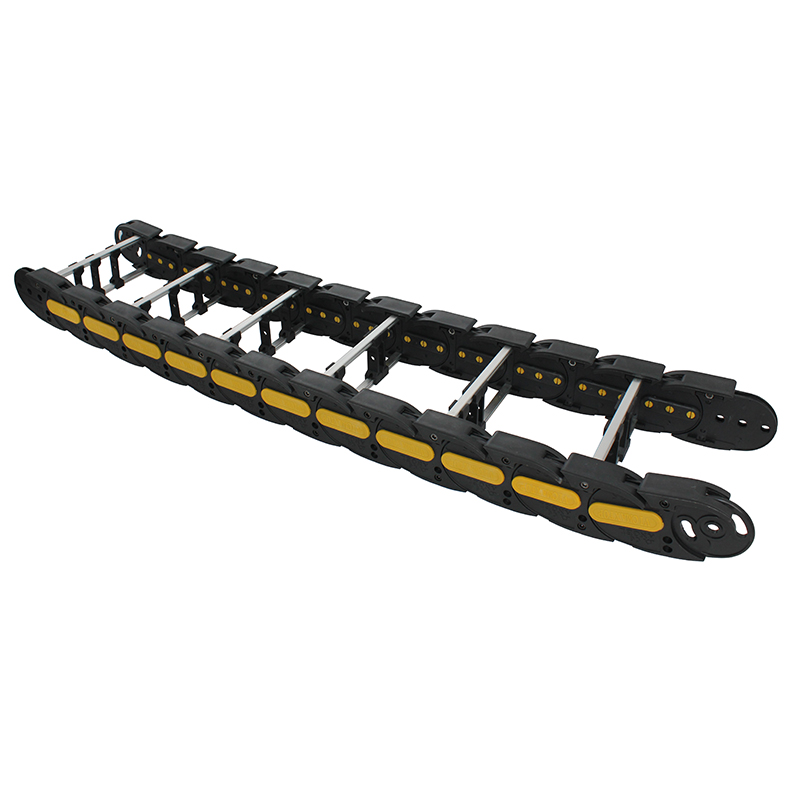endless synchronous belts
The Intricacies of Endless Synchronous Belts
Endless synchronous belts are vital components in various industrial and mechanical applications, functioning primarily to transfer power with high efficiency and precision. These belts have gained significant traction in modern engineering due to their numerous advantages over traditional drive systems. In this article, we will delve into the features, benefits, and applications of endless synchronous belts which make them an indispensable element in the world of machinery.
Understanding Endless Synchronous Belts
Endless synchronous belts, also known as timing belts, are constructed from elastic materials, usually reinforced with fibers to provide strength and durability. These belts feature regularly spaced teeth on their inner side, designed to mesh with corresponding teeth on gears or pulleys. The term endless indicates that these belts form a continuous loop without any joints, which helps in avoiding weak points typically found in other types of belts. This design promotes a smoother operation and allows for precise control over the motion of connected components.
Advantages of Endless Synchronous Belts
One of the primary advantages of endless synchronous belts is their ability to maintain a synchronous relationship between the driving and driven components
. This means that the belt ensures accurate timing and positioning, making it ideal for applications that require precise movements, such as robotics, conveyors, and textile machinery.Another notable advantage is their efficiency. Endless synchronous belts produce minimal noise during operation, which can be a significant benefit in environments where noise reduction is crucial. Additionally, they offer high levels of efficiency in power transfer—often exceeding 90%—which results in reduced energy consumption and operating costs.
Moreover, the absence of slippage is a critical factor that enhances their performance. In many applications, traditional belts can suffer from slippage, which can lead to inconsistencies in speed and position. In contrast, synchronized belts ensure that the movement is directly proportional to the rotation of the pulleys, resulting in a more reliable operation.
endless synchronous belts

Applications of Endless Synchronous Belts
The versatility of endless synchronous belts allows them to be utilized across a broad spectrum of industries. In the automotive sector, they are often employed in timing applications, such as in the connection of the crankshaft to the camshaft, ensuring that the engine operates smoothly and efficiently.
In manufacturing, these belts are extensively used in conveyor systems, where they facilitate the seamless transfer of materials and products along the production line. Their ability to handle heavy loads while maintaining precise timing makes them ideal for high-speed manufacturing environments.
Additionally, they play a crucial role in various consumer goods, such as printers and sewing machines. The reliability and efficiency of endless synchronous belts allow these devices to perform with high accuracy, which is essential for quality output.
Conclusion
In summary, endless synchronous belts are pivotal components that offer numerous advantages including high efficiency, precision, and versatility. Their ability to maintain synchronous motion ensures that they are an excellent choice for a variety of mechanical and industrial applications. As technology continues to advance, the design and materials used in manufacturing these belts are also evolving, further enhancing their performance and longevity. As industries seek to optimize their operations and improve productivity, the demand for endless synchronous belts is likely to grow, solidifying their place as a fundamental element in modern mechanical systems.
In conclusion, the endless synchronous belt is not just a simple piece of machinery; it is a sophisticated element that underpins many technological advancements, enabling industries to operate more efficiently and reliably. Understanding their significance can help engineers, manufacturers, and business owners make informed decisions about their machinery components, ultimately leading to enhanced performance and operational success.








